Hey there, are you curious about the political landscape of the beautiful Treasure State, Montana?
Well, I’ve got some fascinating insights to share with you about the Montana Governor and how they play a pivotal role in shaping the future of this state.
Politics can be overwhelming, and sometimes it feels like you’re diving headfirst into a sea of uncertainty.
Together, we’ll navigate the choppy waters of gubernatorial elections, and unravel the complexities of electoral votes.
I’ve delved into the story of the Republican powerhouse, Greg Gianforte, who garnered the endorsement of Donald Trump.
So, whether you’re a Montana resident curious about the future of your state or simply an inquisitive soul looking to expand your knowledge, this article is for you.
Together, let’s explore the political landscape of Montana and uncover the fascinating world of the office of governor. Trust me, it’s an adventure you won’t want to miss!
Stay tuned as we embark on this journey to empower the Treasure State’s future with the Montana Governor by our side. Get ready to be captivated, informed, and inspired. Let’s dive in, shall we?
State Governor: Importance and Role

One crucial figurehead in the United State’s political landscape is the state governor, the person who leads the executive branch of the government.
Depending on the jurisdiction, a governor may hold significant authority in areas such as government budgeting, appointing officials (including judges), and playing a substantial role in the legislative process.
Governors are the chief executive officers of their states, responsible for implementing laws and policies to ensure effective governance.
Let’s break down 7 important roles of state governors:
- Executive Leadership – Governors carry the weight of implementing laws and policies, ensuring that their state functions effectively.
- State Representation – They represent their states at official events, interact with other state leaders, and advocate for state interests at the national level.
- Balancing Power – Governors separate the executive branch from the legislative branch, preventing the concentration of power and maintaining a system of checks and balances.
- Policy Making – Governors shape state policies by proposing budgets, signing or vetoing legislation, and issuing executive orders on critical matters.
- Crisis Management – During emergencies and natural disasters, governors take charge of coordinating the state’s response, ensuring the safety of their citizens.
- Appointment and Pardoning Powers – Governors appoint key officials and have the authority to grant pardons, influencing the state’s administration and criminal justice system.
- Economic Development – They actively promote economic growth by attracting businesses, encouraging investments, and creating job opportunities for the state’s residents.
Montana’s Election Process

One noteworthy aspect of Montana’s election is the use of mail ballots, which allows residents to exercise their democratic rights conveniently and securely.
In gubernatorial races, candidates express their public service passion and present their state’s future vision. As ballots are counted, the anticipation builds, shaping Montana’s governance.
It is during the election that the true essence of democracy shines through, reminding us of the power each individual possesses to shape the trajectory of their beloved state.
Who Is Eligible to Vote?
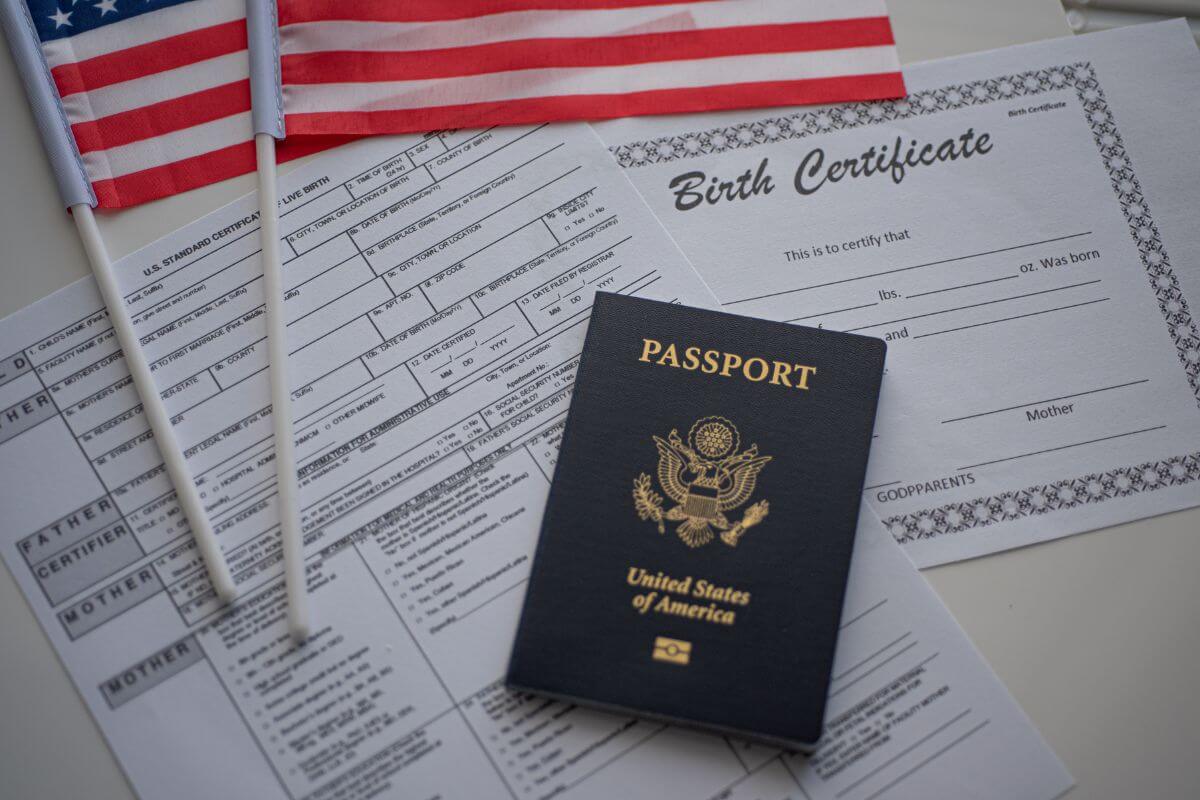
To cast your vote in Montana, there are 3 essential eligibility criteria you must meet. Before heading to the polls, make sure you satisfy the following requirements:
- Age Requirement – You must be 18 years old or older on or before the day of the election. If you’re eligible to vote, congratulations on becoming an active participant in shaping your state’s future.
- Residency – You must reside in the state and county where you intend to vote for a minimum of 30 days, ensuring a substantial connection to the community you’re aiming to impact with your vote.
- U.S. Citizenship – Being a U.S. citizen is a fundamental requirement for participating in any federal, state, or local election. You must be a citizen to exercise your right to vote in Montana’s races.
To register for the election, applicants must provide specific identification, such as a Montana driver’s license number, state ID, or other acceptable forms of ID.
Remember to stay honest on the registration form. Avoid messing with authorities because falsifying information is illegal.
When heading to cast your ballot in person, ensure you have one of the following acceptable forms of identification:
- Montana Driver’s License – Your state-issued driver’s license is a valid ID for voting.
- State ID – If you don’t have a driver’s license, a state-issued ID will do the trick.
- Tribal Photo ID – For members of Montana tribes, a tribal photo ID is an acceptable form of identification.
- U.S. Passport – A U.S. passport is a valid ID for in-person voting.
- Montana Concealed Carry Permit – If you have a Montana concealed carry permit, it serves as an acceptable form of identification.
- Utility Bills – In addition to photo IDs, utility bills with your name and address are also acceptable forms of ID.
- Bank Statements – Bank statements that display your name and address can be used as ID at the polling station.
- Government Documents With a Photo ID – Any government-issued document that includes a photo of you, along with your name and address, is also valid for voting.
Bring an acceptable ID when you go to the polling place. Having the right identification ensures you can cast your vote and make your voice heard in Montana’s elections.
How Does Montana Elect Its Governor?

Every 4 years, the people of Montana participate in a popular election for governor. It’s a thrilling democratic process where the candidate with the most votes emerges victorious.
The Governor of Montana is restricted to serving a maximum of 2 terms within a 16-year period. This ensures that the governor’s tenure is limited and that power remains in the hands of the people.
It’s a clever way to prevent any one person from holding the position for too long and allows for new perspectives and fresh leadership to emerge.
Montana Governor: Powers and Duties
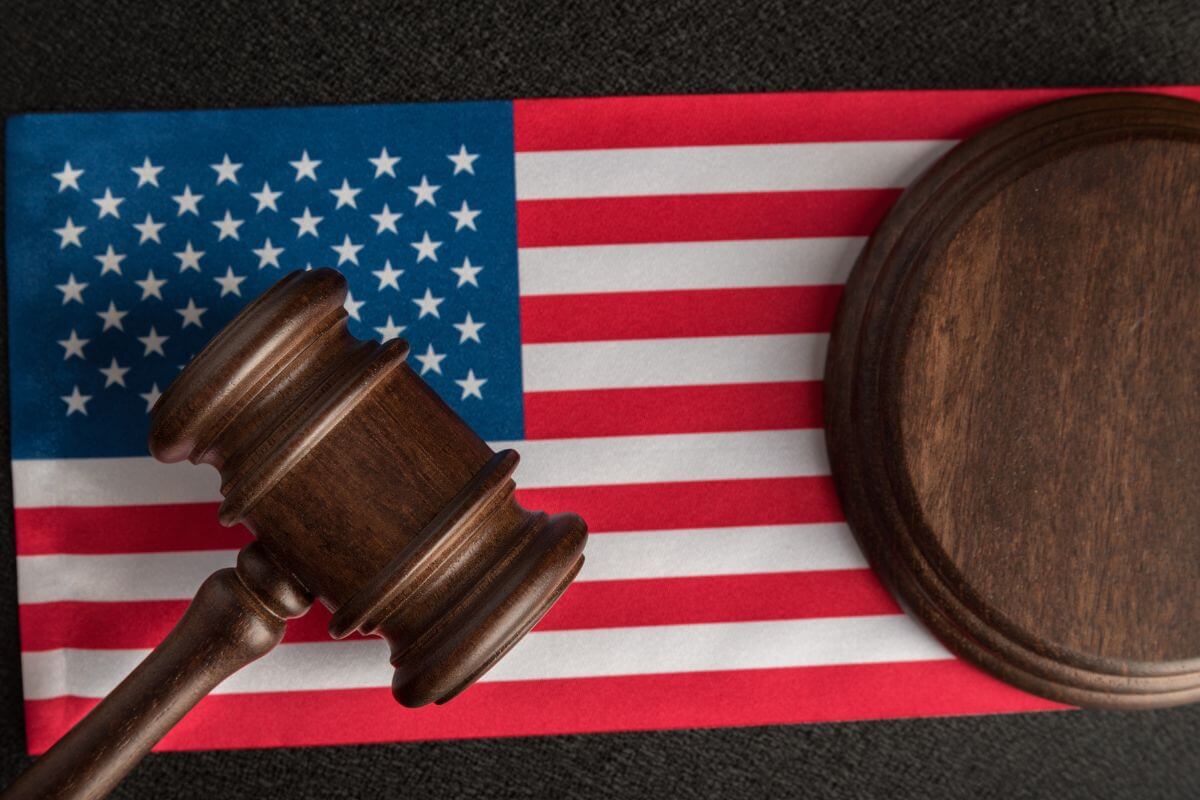
The intricate workings of government and the individuals in positions of power have always been intriguing. The role of the Governor of Montana, in particular, is captivating.
Here’s a comprehensive overview of the Governor’s Powers and Duties based on the Montana Code Annotated 2021:
- Supervision of Executive Officers – The governor oversees all executive and ministerial officers, ensuring their integrity and efficiency.
- Office Management and Duties – The governor ensures proper staffing and diligent performance of duties, reporting defaults to the legislature.
- Appointments and Vacancies – The governor holds the power to appoint and fill vacancies as required by law. This includes positions on councils, boards, commissions, or committees.
- Communication With Other Governments – The governor serves as Montana’s official communication link with other states and the federal government.
- Representation in Legal Proceedings – In matters that have the potential to impact the state, the governor can direct the attorney general to represent the state and can employ additional counsel.
- Oversight of Corporations – The governor has the power to request to investigate the affairs and management of corporations operating under the state’s laws to ensure compliance with state laws.
- Rewards for Apprehension – The governor can offer rewards up to $1,000 to encourage participation in capturing escaped convicts or individuals facing the death penalty, enhancing public safety.
- Handling Fugitives from Justice – The governor has specific duties concerning fugitives from justice, ensuring that appropriate legal procedures are followed.
- Land Warrants and Patents – The governor issues land warrants and patents, playing a vital role in the distribution and management of Montana’s public lands.
- Special Reports – Whenever required, the governor can demand special written reports from officers or boards, supporting informed decision-making and ensuring accountability.
- Board Memberships – The governor serves as a member of the board of examiners, a nonvoting ex officio member of the state board of education, and a member of the board of land commissioners.
- Additional Powers and Duties – The governor holds any other powers and performs any additional duties assigned by the laws of the state, allowing for flexibility and adaptability.
Montana’s Current Governor
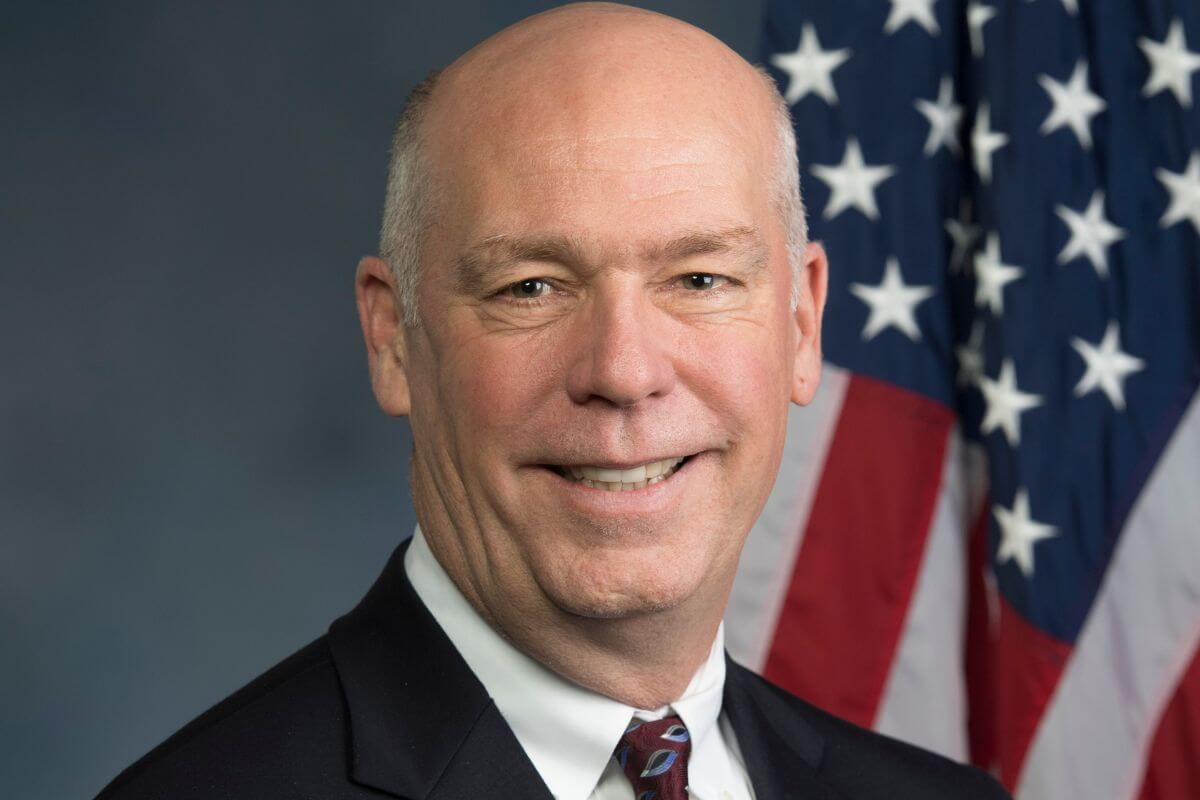
The current governor of Montana is Gregory Richard Gianforte. Born on April 17, 1961, Gianforte is an American entrepreneur, politician, software engineer, and author.
He is the eldest son of Frank Gianforte, who pursued a profession as an aerospace engineer and subsequently engaged in property management.
His mother, Dale Douglass, was employed at General Dynamics in San Diego and later took on the role of a mathematics educator within a school setting.
Gregory Richard Gianforte assumed office as the 25th governor of Montana in 2021, representing the Republican Party. He was endorsed by former President Donald Trump.
Gianforte became Montana’s first Republican governor in 16 years, with Great Falls attorney Kristen Juras as his lieutenant governor.
Before his governorship, Gianforte made a name for himself as a U.S. representative, representing Montana’s at-large congressional district from 2017 to 2021.
With a wealth of experience in the political realm, he brings a unique perspective to the executive office.
In terms of education, Gianforte graduated from Upper Merion Area High School in 1979. During his time there, he showcased his leadership skills by serving as class president.
On the sports field, he excelled as the left offensive guard in football.
Gianforte attended Stevens Institute of Technology, his father’s alma mater. In 1983, he graduated with a bachelor’s degree in electrical engineering and a master’s in computer science.
Gianforte also found time to be an active member of the Delta Tau Delta men’s fraternity and enjoy the sport of squash.
Gianforte’s Implemented Policies as Governor

During his tenure, Gianforte focused on policies to improve Montanans’ lives, including boosting the economy, education, and infrastructure. He’s committed to moving Montana forward.
He has focused on protecting Montana’s natural resources and promoting responsible land management practices.
With an emphasis on innovation and efficiency, Gianforte’s policy initiatives aim to position Montana as a leader in various sectors while preserving its unique and pristine character.
Montanans Largest Tax Cut in State History
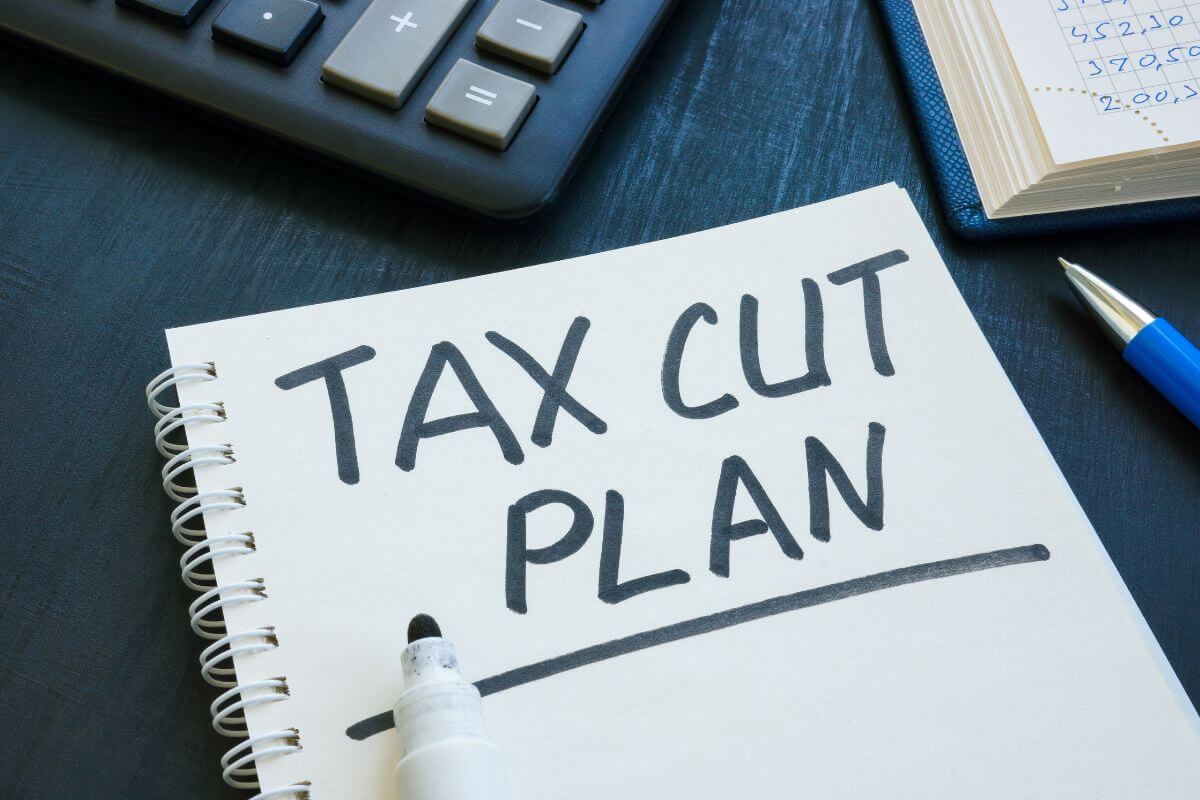
On March 13, 2023, Governor Greg Gianforte made history by signing into law the largest tax package Montana has ever seen.
This monumental legislation, coming during the Joe Biden administration, brought an unprecedented tax cut that has brought relief and prosperity to the people of the state.
Here are the key highlights of Montana tax cut legislation:
- $500 Million in Permanent Income Tax Relief – The income tax rate for most Montanans was reduced from 6.75% to 5.9%, delivering over $500 million in permanent tax relief over 3 years.
- $280 Million in Property Tax Relief – Granted homeowners a $500 property tax rebate for their primary residence in 2023 and 2024, totaling over $280 million in relief.
- Income Tax Rebates up to $1,250 for Montanans – Montanans received income tax rebates of up to $1,250 due to the state’s historic budget surplus.
- 4th Lowest Capital Gains Tax Rate in the Nation – Montana’s capital gains tax rates became the 4th lowest in the nation after a simplification reform.
- 5,000 Businesses Removed from Business Equipment Tax Rolls – The exemption for small businesses increased to $1 million, removing tax burdens for over 5,000 businesses.
Governor Gianforte’s visionary leadership was evident as he prioritized key initiatives such as the child tax credit, adoption tax credit, and disaster resiliency fund.
These actions demonstrate his unwavering commitment to the well-being and success of Montana families.
Montana Broadband Access Expansion

On December 14, 2022, Governor Greg Gianforte’s forward-thinking leadership set the stage for an infrastructure project that is set to revolutionize Montana’s digital landscape.
With a staggering investment of $309 million, the state is poised to bridge the gap in broadband access, benefiting a whopping 62,000 families, small businesses, farms, and ranches across the region.
This initiative, led by the innovative ConnectMT program, holds the promise of opening new horizons for education, healthcare services, employment opportunities, and strengthening family connections.
Here are some of the potentials that come with Montana’s broadband access expansion:
- Addressing the Digital Divide – Currently, 1 in 3 Montanans lack reliable broadband connectivity. This project aims to rectify this disparity, particularly in rural areas.
- A Transparent Public Process – Senator Jason Ellsworth, ensures transparency and public input for evaluating broadband infrastructure projects, leading to a $309 million investment recommendation.
- Reaching the Unserved and Underserved – The initiative spans 61,887 serviceable locations, with a focus on unserved (38,631) and underserved (21,956) communities, ensuring equitable access.
- Empowering Montanans in Multiple Sectors – Under Misty Ann Giles’ leadership, the generational expansion unlocks opportunities in education, healthcare, and remote work.
With the Montana broadband access expansion at the forefront, Governor Gianforte’s office is committed to bridging the digital divide and ensuring digital equity for all Montanans.
Montana Rapid Workforce Training Initiative
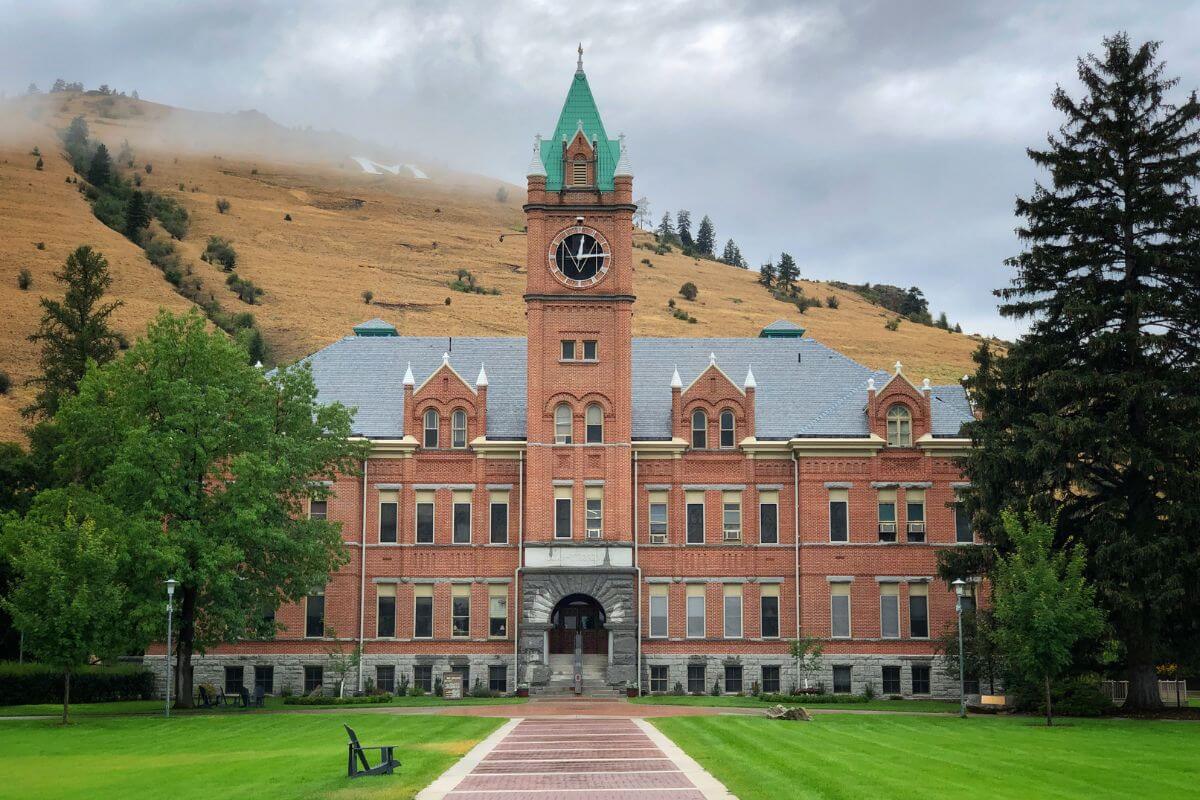
On February 15, 2022, Governor Gianforte made an exciting announcement that has the potential to transform Montana’s workforce and propel economic growth.
With an investment plan of $6 million, Governor Gianforte is leading the charge to meet the demands of a thriving economy and ensure that Montanans are equipped with the skills they need to succeed.
The workforce training initiative, spearheaded by Accelerate Montana in collaboration with the University of Montana, aims to train up to 5,000 individuals in critical sectors over the next 2 years.
With a laser focus on aligning training programs with Montana’s economic growth vision, this strategic initiative is designed to provide in-demand skills necessary to secure high-paying jobs within the state.
Here’s a list of the cutting-edge programs offered by Montana Rapid Workforce Training:
- Tailored Training Programs for High-Demand Industries – Accelerate Montana will offer rapid retraining and upskilling in construction, health care, manufacturing, and infrastructure.
- Strategic Partnerships with Educational Institutions – Collaborating with high schools and colleges to develop Montana industry-aligned training curricula.
- Unanimous Bipartisan Support for Economic Recovery – $6 million grant from federal pandemic recovery funds to stimulate growth.
- Addressing Skills Shortage in High-Skill Fields – The initiative to strengthen Montana’s workforce, driving job growth, and enhancing the competitiveness of key industries.
- Flexibility and Adaptability – Programs can be delivered virtually or in person to suit employer and worker needs.
- Comprehensive Funding Allocation – The $6 million grant will support all aspects of the program, including setup, coordination, promotion, training, course fees, instruction, and case management.
The Montana rapid workforce training initiative is a game-changer, providing skill development opportunities that align with workforce demands and fuel Montana’s economic growth.
Montana Governor Final Thoughts
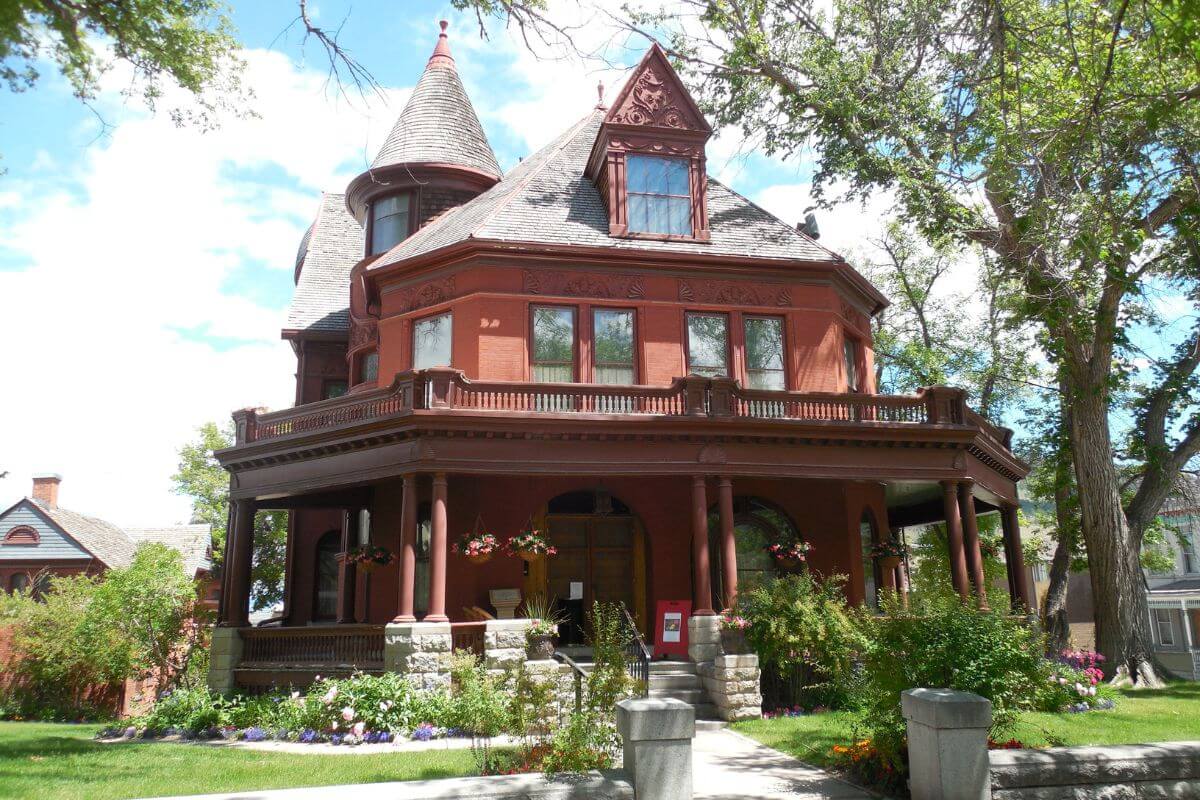
The state governor stands as a pivotal figure in the intricate web of American governance, assuming a multifaceted role that resonates deeply within the heart of each state’s identity.
The governor holds significant power in policy, crisis, economy, and state interests, ensuring effective governance while preventing the concentration of power.
Montana’s election process exemplifies the essence of democracy, where the participation of each eligible citizen is a testament to their ability to shape the trajectory of their beloved state.
- Learn more about What Sets Montana Apart
With age, residency, and citizenship as fundamental criteria, the act of voting is a tangible expression of civic duty and a voice in the collective vision for the future.
Montana’s governance involves elected governors through 4-year intervals with 2-term limits for fresh leadership, safeguarding democratic principles and governance evolution.
The role of Montana’s current governor, Gregory Richard Gianforte, exemplifies dynamic leadership that navigates intricate policy areas.
Gianforte’s tenure saw landmark policies that resonated with the state’s residents, including historic tax cuts, broadband access expansion, and workforce training initiatives.
These policies reflect an unwavering commitment to economic growth, technological advancement, and the well-being of Montana’s diverse population.
The journey of the state governor is an ongoing narrative, driven by the ever-evolving needs of the people and the boundless potential of each state’s unique character.
Montana’s governance continues to evolve under Gianforte’s leadership. It serves as a reminder of the intricate tapestry of state-level governance and its power to shape the lives and futures of its citizens.
Montana Governor FAQs
1. When Did Montana Last Have a Democratic Governor?
Montana last had a Democratic governor from 2014 to 2020, when Steve Bullock served in that position.
Bullock, a member of the Democratic Party, was born in Missoula, Montana, and educated at Claremont McKenna College and Columbia Law School.
2. How Do I Contact The Governor Of Montana?
To contact the Governor of Montana, Greg Gianforte, you can use the following methods:
- Mail – Send a letter to Governor Greg Gianforte at P.O. Box 200801, Helena, MT 59620-0801.
- Phone – You can reach the Governor’s office toll-free at 855-318-1330 or the local number 406-444-3111.
- Fax – You can send a fax to 406-444-5529.
3. What Is the Duration of a Governor’s Term in Montana?
The duration of a governor’s term in Montana is 4 years. The term begins on the first Monday in January following an election.
4. Who Represents Montana as the Democratic Senator?
The Democratic senator from Montana is Raymond Jon Tester. He is an American farmer and politician, serving as the senior United States senator from Montana since 2007.
As a member of the Democratic Party, Tester is the dean of Montana’s congressional delegation and currently, the only Democrat holding statewide office in Montana.
If you’re interested in diving deeper into Montana, stay involved with these articles:
- Montana Quick Facts
- Authors in Montana
- Montana Essential Facts
- Montana vs Alaska Differences
- Choose Between Montana and Colorado
- https://leg.mt.gov/bills/mca/title_0020/chapter_0150/part_0020/section_0010/0020-0150-0020-0010.html
- https://politicalpractices.mt.gov/Education-and-Resources/2022-09-09-Election-Processes-Ed-Info-Long-Form_Final.pdf
- https://leg.mt.gov/bills/mca/Constitution/IV/8.htm
- https://news.mt.gov/Governors-Office/Governor_Gianforte_The_American_Dream_Is_Alive_and_Well_Here_in_Montana
- https://news.mt.gov/Governors-Office/Governor_Gianforte_Delivers_Montanans_Largest_Tax_Cut_in_State_History
- https://news.mt.gov/Governors-Office/Gov_Gianforte_Announces_6_Million_Investment_in_Rapid_Workforce_Training
- https://news.mt.gov/Governors-Office/Governor_Gianforte_Announces_Historic_Investment_in_Broadband_Expansion
- https://formergovernors.mt.gov/
- https://commons.wikimedia.org/wiki/File:MontanaOriginalGovernorsMansion.jpg
- https://commons.wikimedia.org/wiki/File:Greg_Gianforte_115th_congress.jpg
- https://commons.wikimedia.org/wiki/File:GregGianforte_(cropped).jpg
- https://commons.wikimedia.org/wiki/File:Missoula,MT
- https://www.flickr.com/photos/auvet/3755856575

